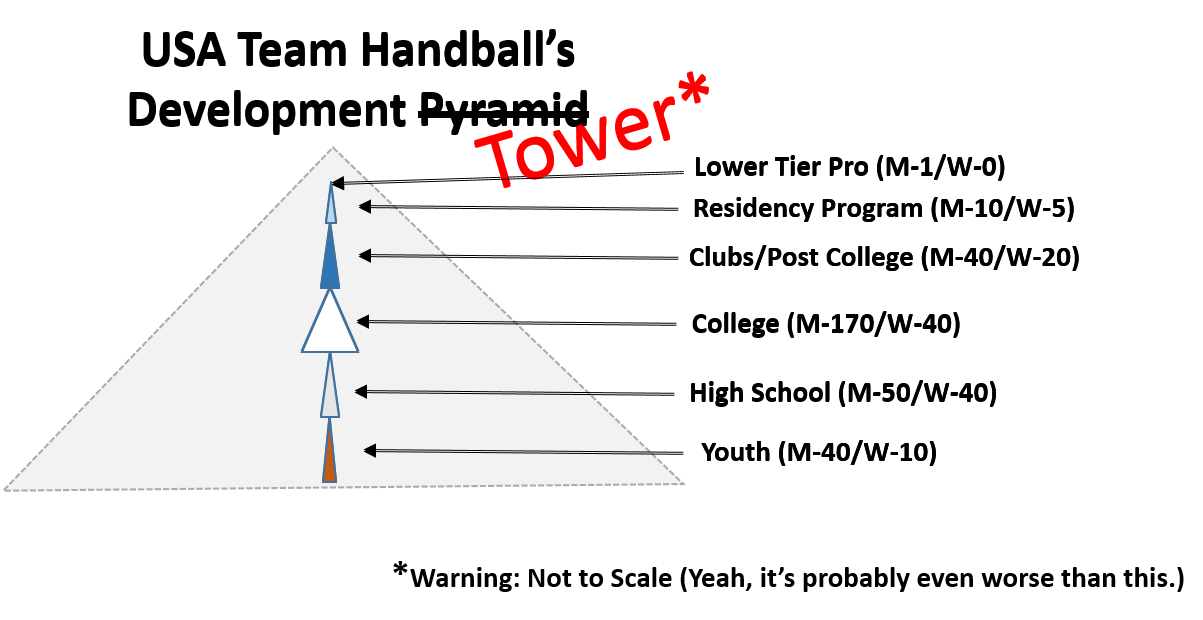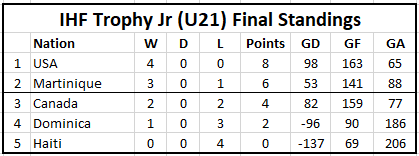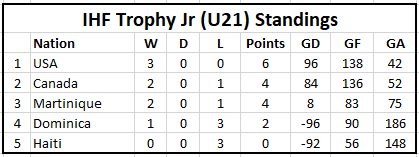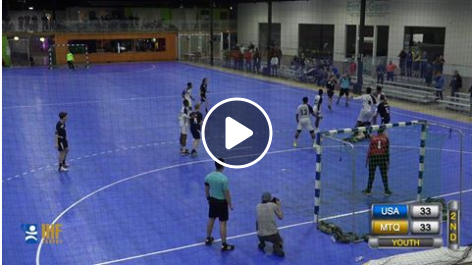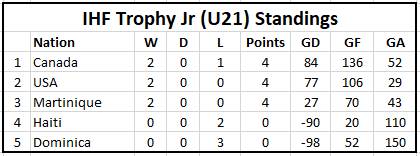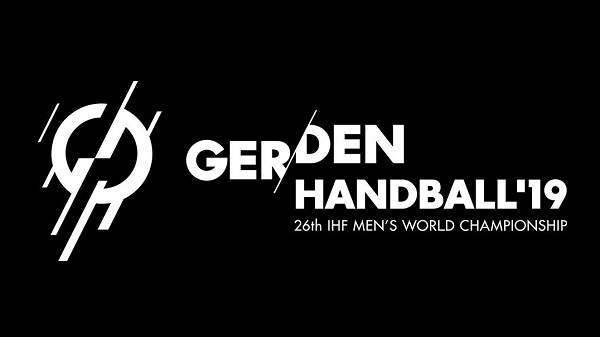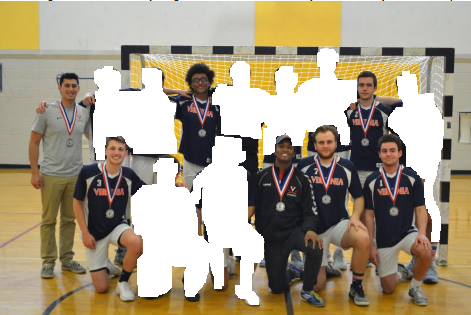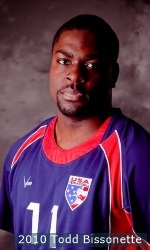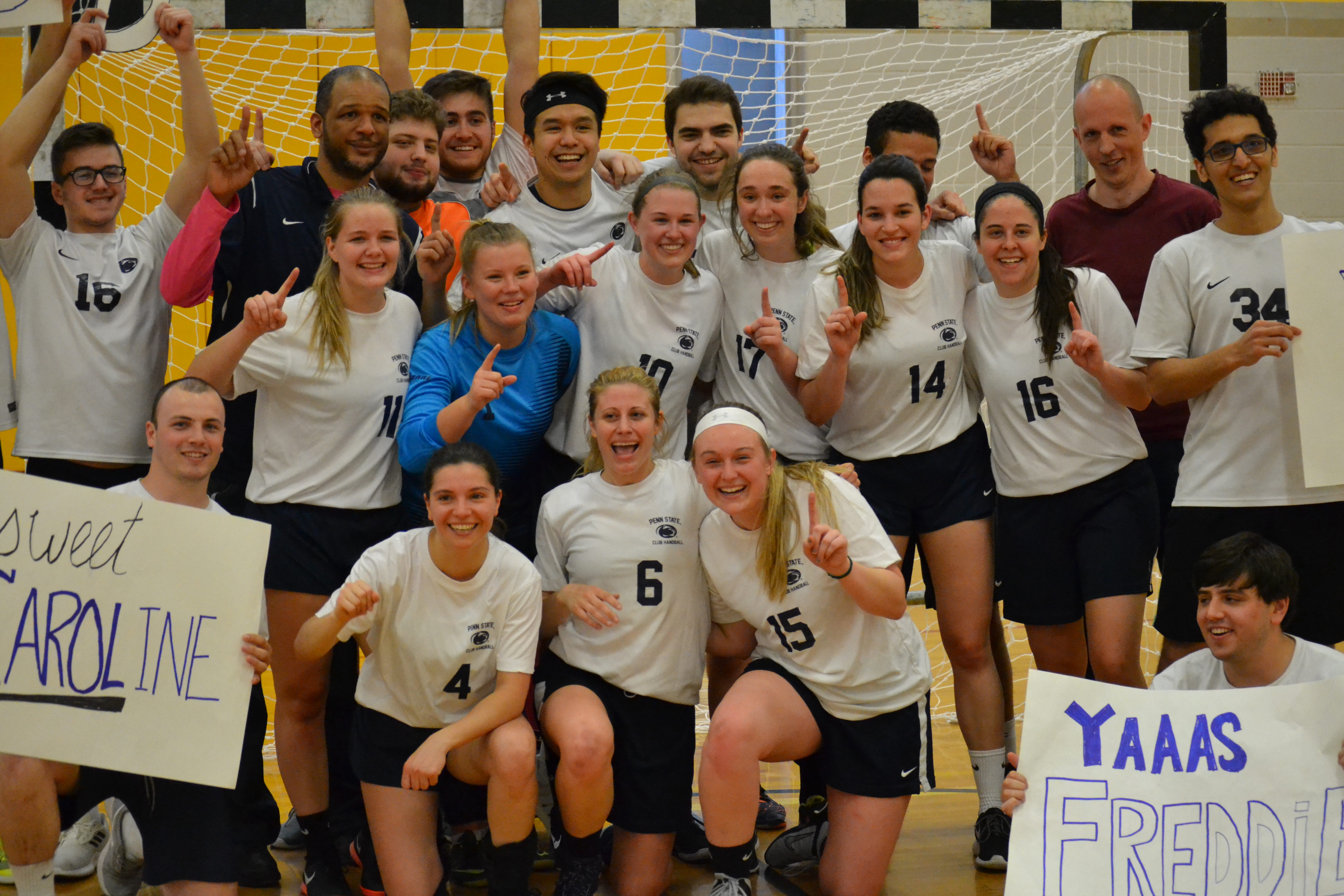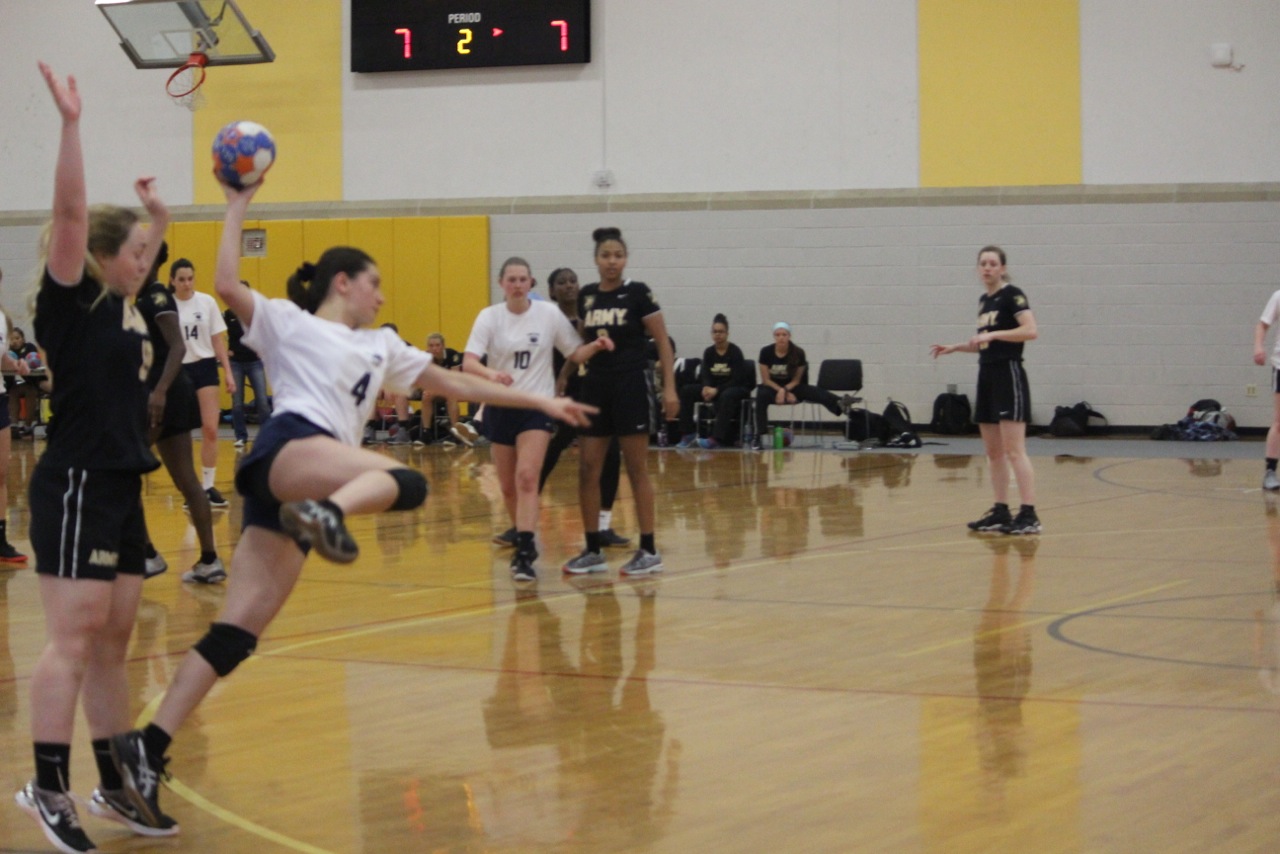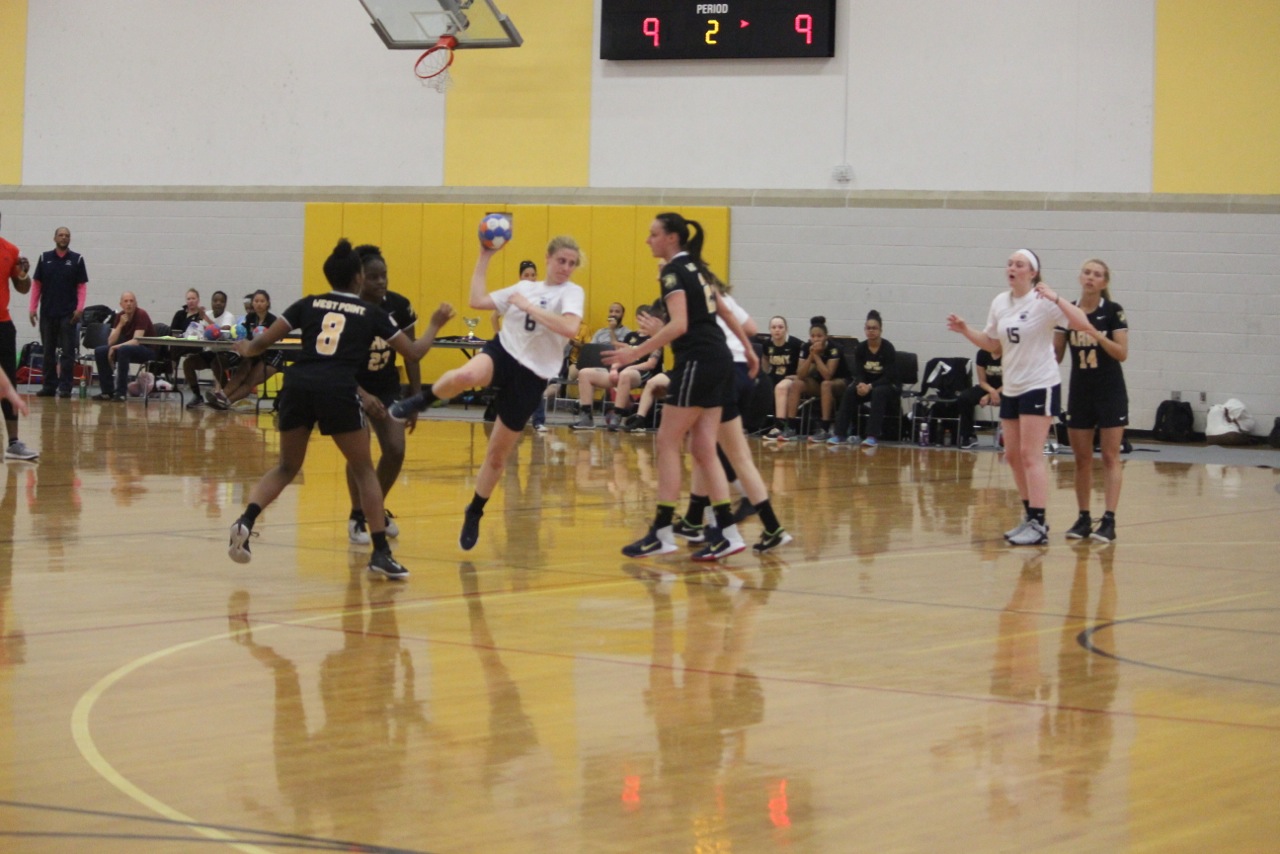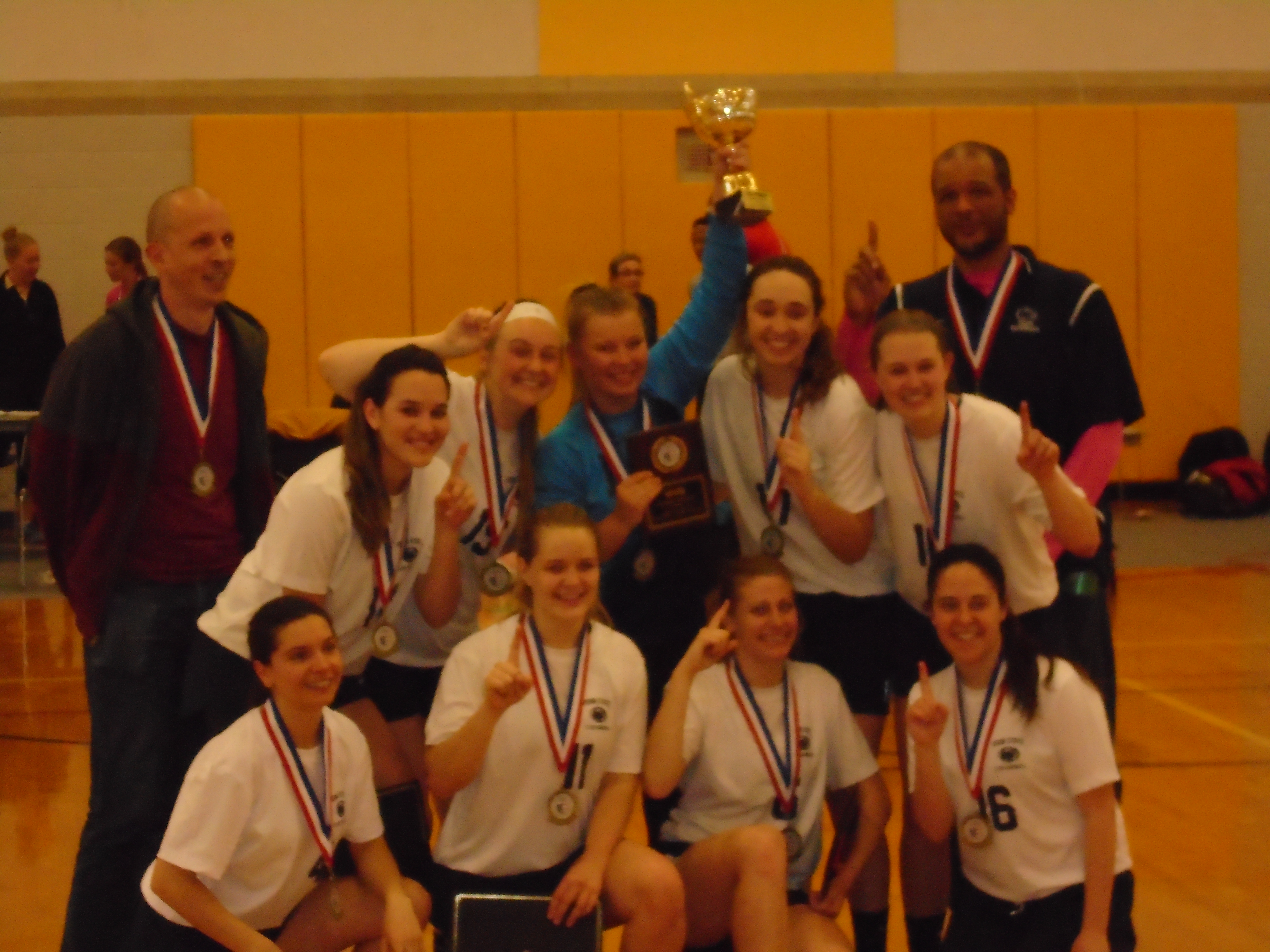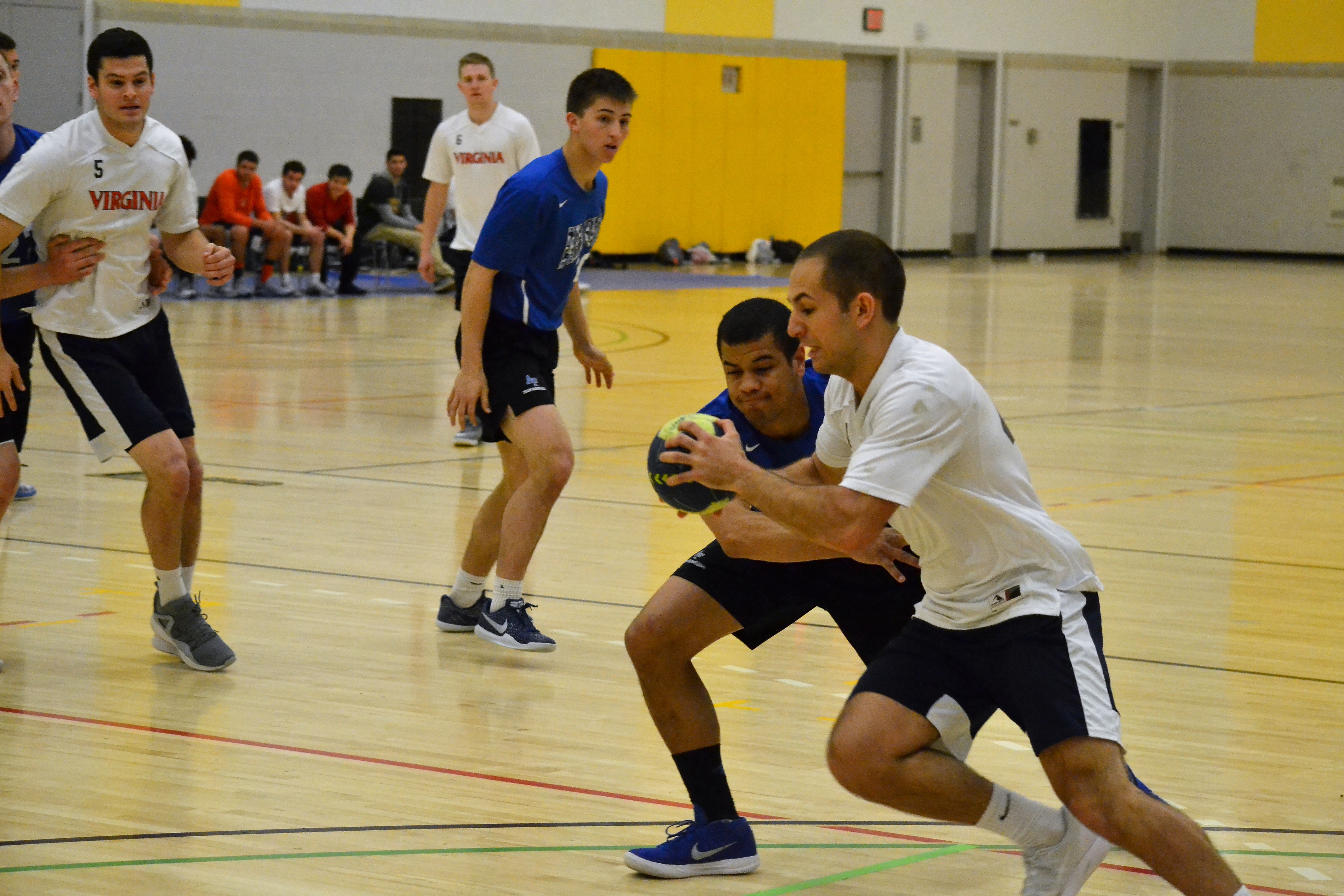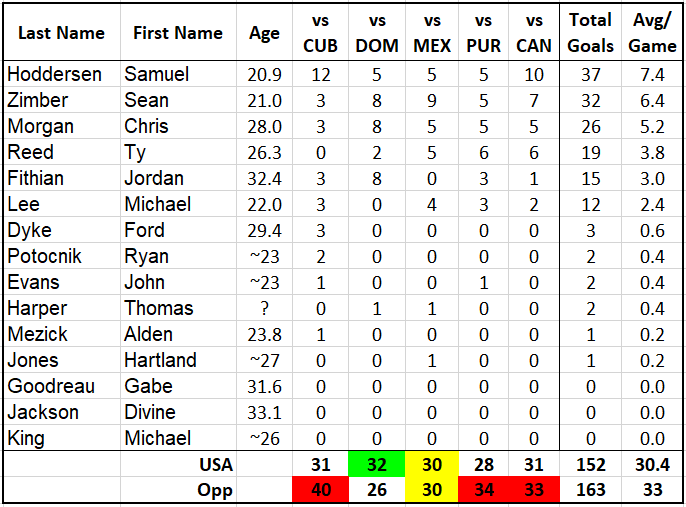
2018 Men’s North American & Caribbean scoring summary
Heading into the North American & Caribbean (NORCA) I predicted a wide open tournament. It was hard to really know how well the U.S. would do based on a roster with several new names and one big missing name, Gary Hines. On top of that, the competition was pretty much an unknown quantity as well. All in all, I told folks messaging me that any result from 2nd place all the way to 6th wouldn’t surprise me. In the end, the U.S. Men finished in 5th place, but one could see how they might well have finished as high as 2nd if they had been a little luckier or had played a bit smarter in crunch time. All in all, it was a disappointing finish as our top rivals Canada and our fellow Americans in hurricane ravaged Puerto Rico were the teams that found a way to qualify for the Pan American Championships this summer in Greenland. The U.S. meanwhile will stay home, lick its wounds and hopefully, contemplate the future going forward.
Some Bright Spots
While the overall team result was disappointing there were some individual performances that were bright spots:
Sam Hoddersen: Hoddersen, just 20, was the team’s leading scorer with 37 goals in 5 games. And, it wasn’t just the goals that he scored, but his court vision and technical skills that got the defense out of position for the next guy to score. He was the linchpin of the U.S. offense and without him on the roster, I would assess that the U.S. would have finished last in the tournament. And, may very well have had some games end with some pretty bad score lines.
What I’m still debating, though, is whether Hoddersen has the skills and quickness to overcome his lack of size. On his club team in Germany, Hoddersen usually plays left wing. Meaning that at the German 3rd Division level he’s seen more as a wing then a center back. So, it’s possible that his club isn’t using him properly, but it’s far more likely that the NORCA level of competition is somewhat below that of the German 3rd Division. For a further look at the issues surrounding the wing vs center back debate regarding shorter players check out this video: Link
Sean Zimber: Zimber was the team’s 2nd leading scorer with 32 goals and he and Hoddersen were a nice tandem in the backcourt. Another young gun, just 21 years old who also has good technical skills. But, again like Hoddersen, he may also be a bit undersized to play backcourt effectively against stiffer competition.
Alden Mezick: A while back, I anointed Rene Ingram as the U.S. goalie of the future. Mezick’s play at NORCA has me walking that statement back. I don’t know what his save percentage was, but I’m guessing it was pretty decent. Throw out dozens of opponents fast breaks and it would be even better. He was another factor keeping the U.S. in games that might have slipped away.
What’s really remarkable is that he’s done this with extremely little experience in competitive matches. I messaged him on Facebook and he estimated that he’s played around 100-150 competitive matches in his entire career, with a good portion of those matches being just halves. He’s crazy good for that little experience. Credit to the coaching staff for developing his skills, but if he hasn’t plateaued in terms of development in the U.S., he surely will soon. In my opinion, he needs a season or two in Europe with better and more regular competition to see what his potential is.
The Old Guard (Part Time Players)
First off, let me say a few things for context. I like the guys on the U.S. National Team. I really do. Some are friends or friendly acquaintances at least. And, some guys as they say, I don’t know from Adam. Regardless, I have an affinity with every player on the team in that I’ve been in the same place: On a U.S. national team; making sacrifices, doing the best that I can and often getting less than satisfactory results.
Divine Jackson, Jordan Fithian, Chris Morgan and Ty Reed: These 4 athletes have had a varied path to the national team. Jackson, has simply made it through hard work at the club level in the U.S. Fithian developed his game in Germany while doing odd jobs to make ends meet. Morgan and Reed spent a couple of years at the Residency Program in Auburn, but have since moved to other locales in the U.S. But, these 4 athletes all have something in common. They are part time players at best, not in top playing form, yet still making meaningful, significant contributions to the U.S. National Team. They had to take off work and pay for their own travel to represent their country in competition. That’s not easy and it’s to be commended.
But, more importantly, what does it say about our Residency Program at Auburn if these part timers who are not practicing regularly can not only make the team, but indeed are playing the bulk of the minutes on the court?
Who Are These Guys?
If you total up the scoring of the bright spots and the old guard you’ll account for 84% of USA Team scoring for the NORCA tournament. Only one current residency program athlete who also learned to play handball there, left wing, Michael Lee, had a significant offensive contribution. As a former defensive specialist I’ll be the first to tell you that there is more to handball than putting the ball in the back of the net. Still… It says quite a lot that 5 athletes, 3 of which aren’t even playing regularly had the bulk of the scoring.
The webstream quality for the tournament was not the best, but best I could tell is that the other members of the team saw limited action on the court. And, when they did see action their inexperience was fairly obvious. This is not to say they aren’t good athletes, or that they aren’t trying hard, or that they can’t eventually be great players. Just, that they’ve got a long, long road ahead of them.
Auburn Residency Program Performance (Team Results and Player Development)
The disappointing results, coupled with an assessment of player development should lead USA Team Handball’s decision makers to take along hard look at how well the Residency Program is working at Auburn and a further assessment of its future both near term and long term.
Let’s be clear: It’s no secret that I’m not a fan of the Residency Program concept. I’ve spent a lot of ink on that subject. From trying to kill it before it was started, to trying to explain why conceptually it makes less sense today, to the inherent problems with trying to run such a program on the cheap.
But any bias aside, by almost any conceivable metric one would like to use to measure performance it’s clearly not gotten very good results.
Looking strictly at team performances in International competitions it’s been really disappointing. Since the program started National Team performance hasn’t improved; In fact, it’s gotten worse:
2014 NORCA Championship: 3rd out of 6 teams
2014 Pan American Championships: 6th out of 8 teams
2015 PANAM Games Qualification: Lost 2 game series to Uruguay
2015 PANAM Games: Did not Qualify
2016 NORCA Championship: Not played
2016 Pan American Championships: 8th out of 12 teams
2018 NORCA Championship: 5th out of 6 teams
2018 Pan American Championships: Did not Qualify
National team results always matter, but I could set aside disappointing scoreboard results if I thought a lot of great talent was being developed. Some talent is indeed being developed in the in the past 4.5 years:
- Two competent goalies (Goodreau and Mezick); one with long term potential
- A serviceable left wing in Michael Lee. Not spectacular and prone to too many mistakes. I would assess that he can continue to improve, but does not have world class talent
- Two solid U.S. club players in Ty Reed and Chris Morgan. They know how to play the game and can contribute, but they’ve probably plateaued as players and would probably need to travel to Europe to further develop their game. But, at ages 26 and 29 they are not likely to draw significant interest at a higher level club. Meaning, by the time they would get good they’d be on the glideslope of decline due to natural physical decline in their 30s.
Note: I don’t include Sean Zimber in this assessment because having seen him play in the IHF Trophy event last summer he was already a quality player prior to joining the Residency Program last fall. I don’t think the residency program has hurt his development, but I suspect that he would have improved more as a player if he had stayed in Japan or moved to Europe.
That’s about it for a program that started in the fall of 2013. I could also discuss a few more athletes that didn’t participate in the NORCA Championship. Some athletes that have left the program or had other commitments that prevented them from participating, but none of those athletes could be seen as legitimate game changers. Just more hard working athletes making big sacrifices and doing the best that they can.
Not Idle Speculation: Our dual citizen athletes are clearly better than our Residency Program athletes
After the IHF Junior Trophy victory last summer in the Pan American zone I speculated that the U.S. Junior Team could give our current Senior Men’s tourney a run for the money. I guess it’s still speculation, but I’ll go on record to say that there’s now very little doubt in my mind that a roster composed of dual citizen players who either are still playing for our Jr team or recently aged out would easily beat a roster of players trained at Auburn. Take all the players that have ever trained there and pick your team and I’ll bet the farm that right now that our dual citizen players would win by around 5 goals; maybe more.
Could there be any doubt? The two best court players (Hoddersen and Zimber) in the tourney that just played are part of that cohort. Several others such as Kollman, Baup and Fofana are also solid players and surely still improving.
Finally, here’s a simple extrapolation: Such a team would have also likely qualified for the Pan American Championships. Might have won all its games except Cuba. And, of course, it goes without saying that the same would also be true if Gary Hines, the Men’s leading scorer for a decade or more had played in the tournament.
National Team Development and Plans at a Crossroads?
So, if 4.5 years into a program, if the bulk of your up and coming players are still being developed elsewhere it’s probably time for a reassessment of your strategy. Maybe you close the program. Maybe you change its focus. Maybe you pump more resources into so it can properly work. Lots of maybes and USA Team Handball is clearly at a crossroads. Will the federation just muddle along as it often has done in the past or will it select a different path going forward.
For once, there’s a lot to suggest that at this point in time, USA Team Handball might well take a different path going forward. Elements suggesting a possible change in direction include:
- The continuing poor results. As just described team performance and the lack of top talent being identified and developed is just too hard to ignore anymore
- A change in Board leadership. Schiller resigned in January and Bob Djokovich has stepped in as interim President. And, all appearances are that he’s not treating his interim role as a caretaker assignment. He’s moving forward with plans to develop a strategic plan for USA Team Handball.
- IHF and USOC engagement. Both the IHF and the USOC have stepped in with promises to support handball development in the U.S. in the lead up to the 2028 Olympic Games. Both organization are also directly involved in the strategic plan development. Indeed, they arguably are the instigators that nudged USA Team Handball towards more strategic thinking.
- Sr. Men’s National Team Coach Retirement. Javier Garcia Cuesta quietly resigned from his position after the NORCA tournament. This departure makes it much simpler and easier for USA Team Handball to contemplate plans that may not require a full time coach at Auburn.
- 7 year contract ending in 2020. Reportedly, the Residency Program contract with Auburn signed in 2013 was for 7 years meaning that it will end sometime in 2020. Logically, it will soon be time to start negotiating a possible extension. And, when such negotiations take place the parties typically start to show their hands as it relates to future planning. Either new commitments re-invigorate existing agreements or the existing agreement sputters along, sometimes even ending prematurely.
All of this suggests some major changes could be coming. But, the key word here is “suggests.” USA Team Handball has been in such a position before many times in the past, but for a whole host of reasons we just kept doing roughly what we’ve been doing.
Change is hard. Change is risky. Change upsets people.
But, sometimes change is just flat out necessary. I know I often get accused (wrongly) of always being a pessimist. Wrongly, in that the presumption is that I’m being pessimistic just to be pessimistic. When the reality, quite frankly, is that there’s been very little reason to be optimistic for the past few years.
But, for once I see some real reasons to justify optimism because I think there’s a real chance that some thoughtful planning in the U.S. will be taking place soon. That tough decisions on resource allocation will be made, not deferred. That the table will be set for some real development in the U.S. Development that can lead to competitive U.S. National Teams and so much more.
It won’t be easy. It won’t be quick. But, this time it just may happen.
